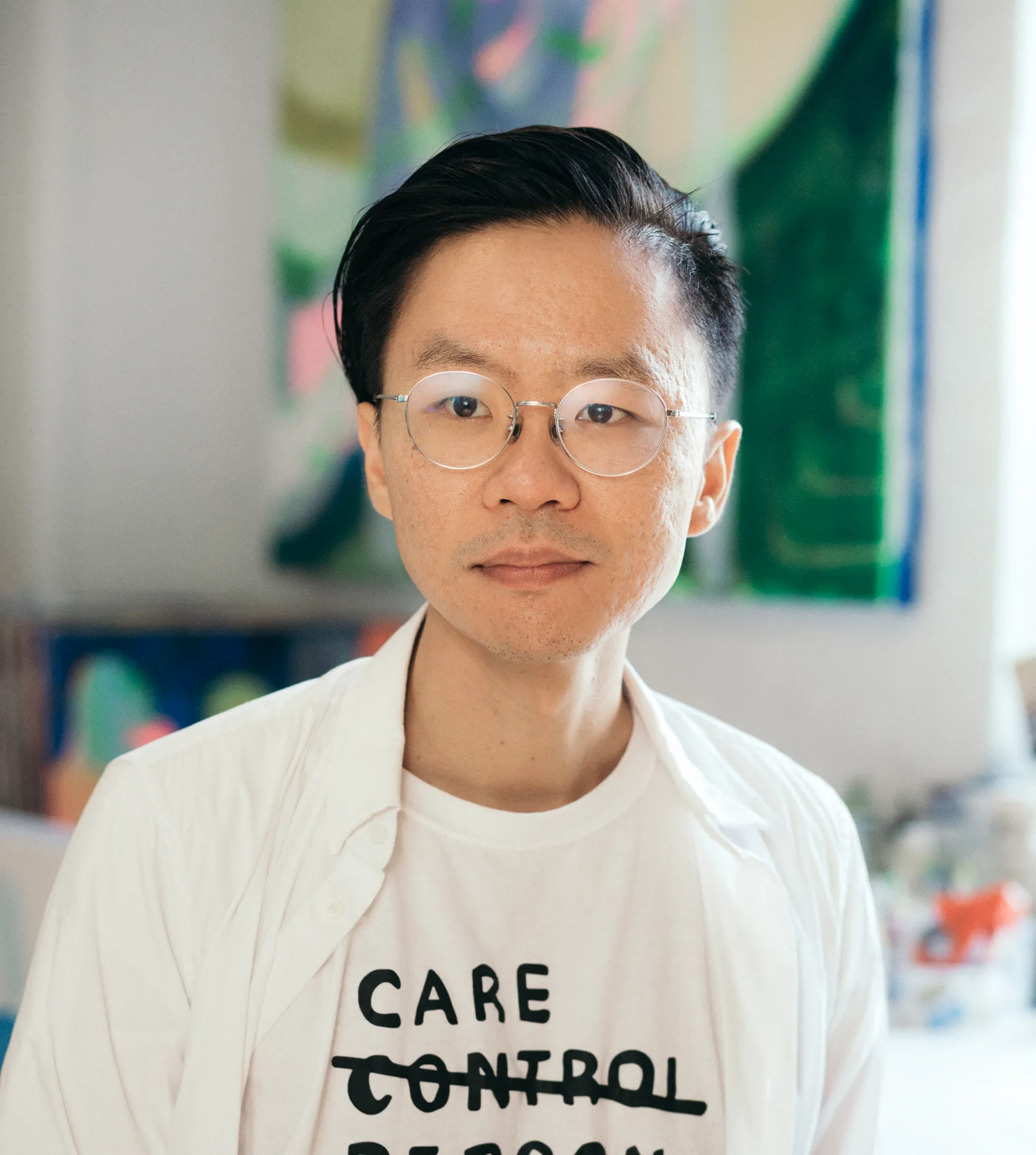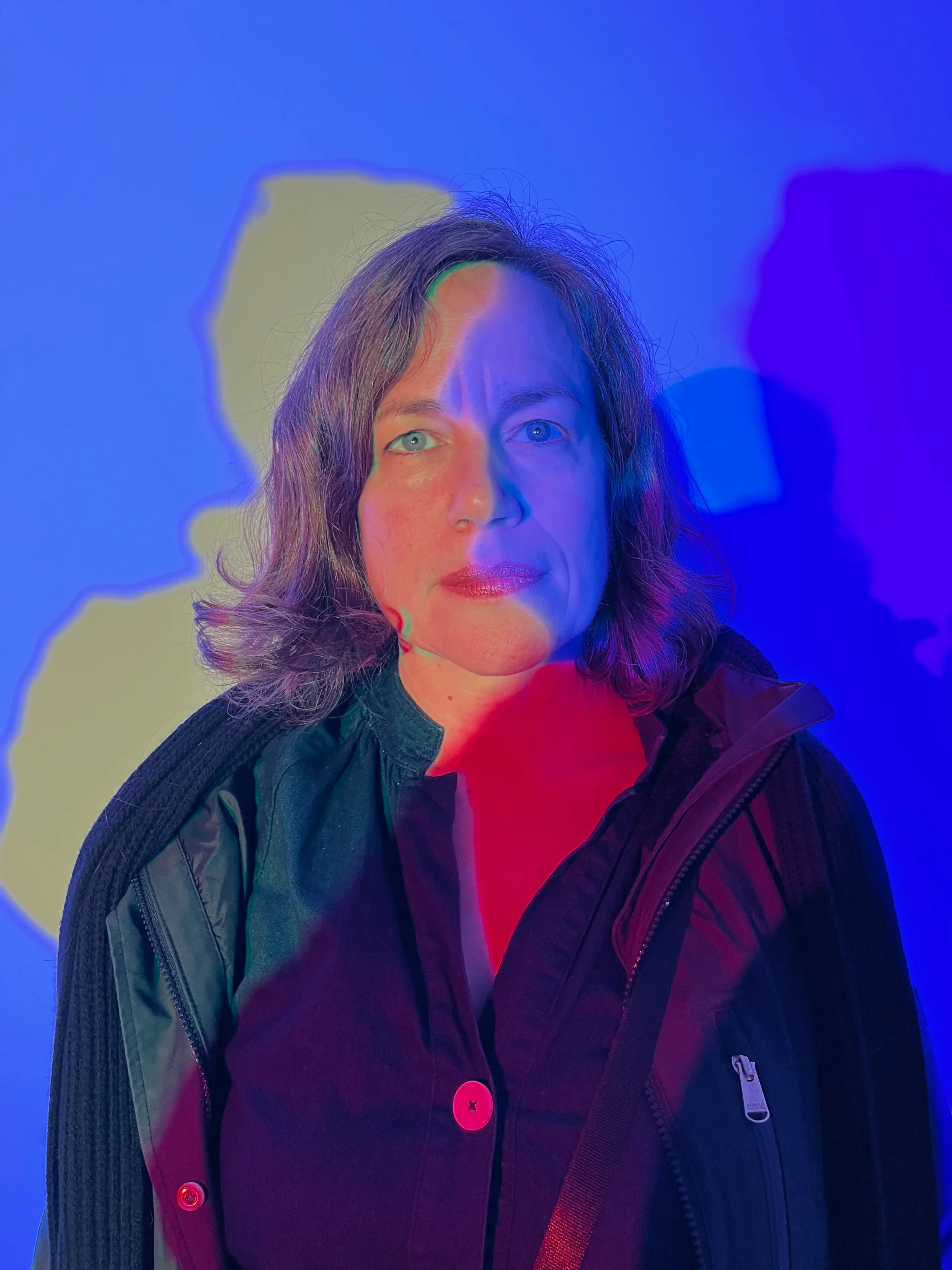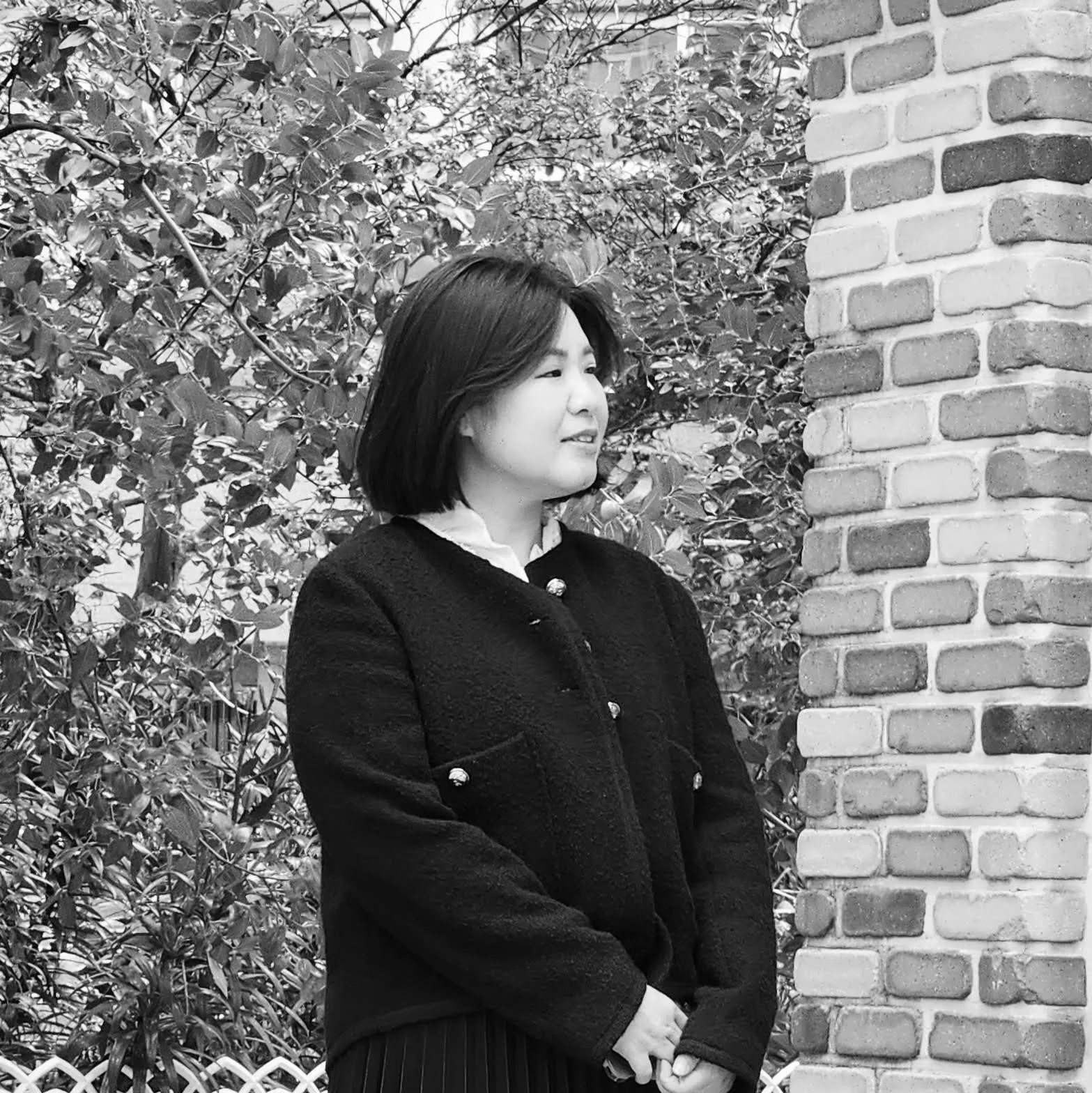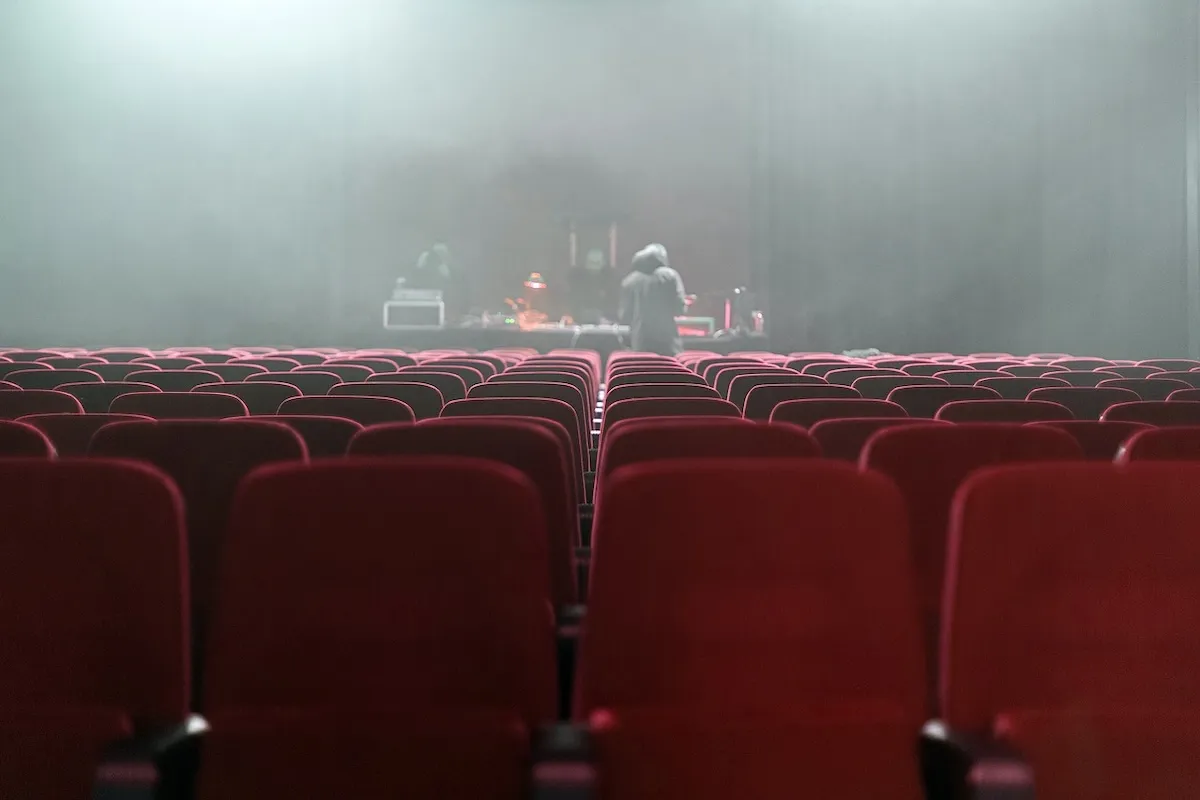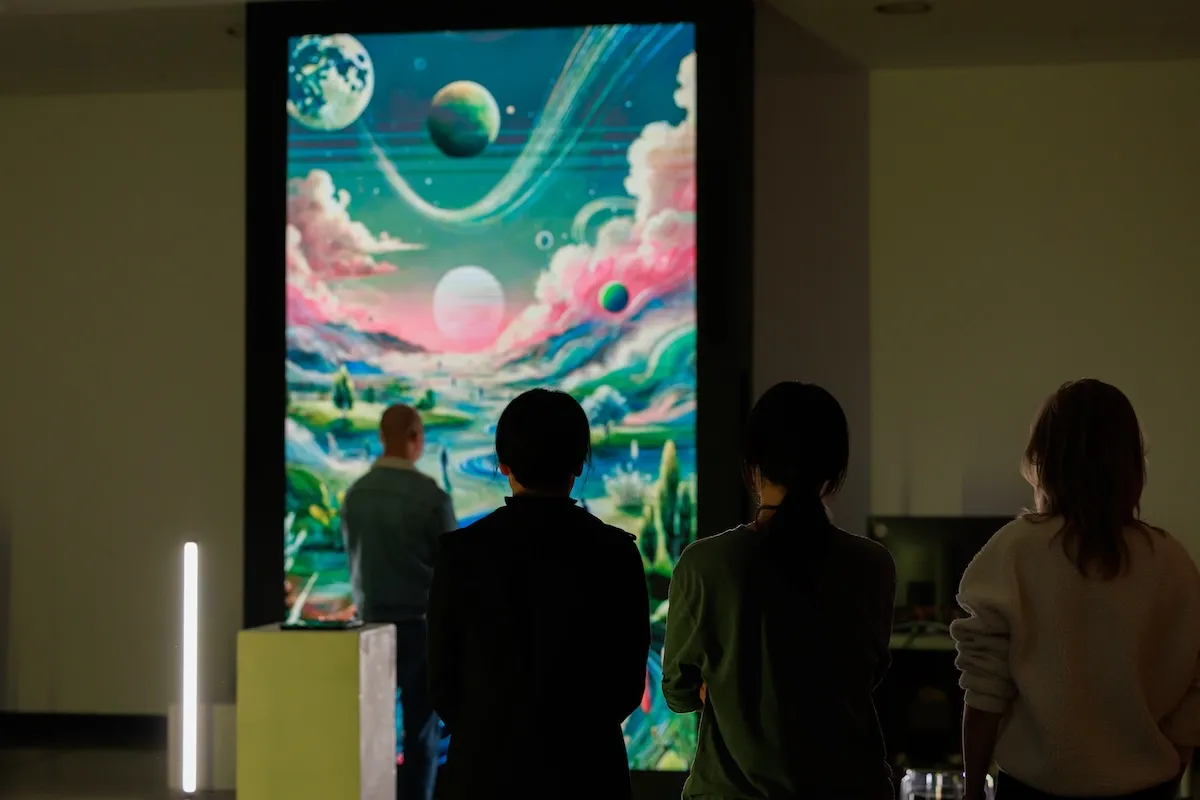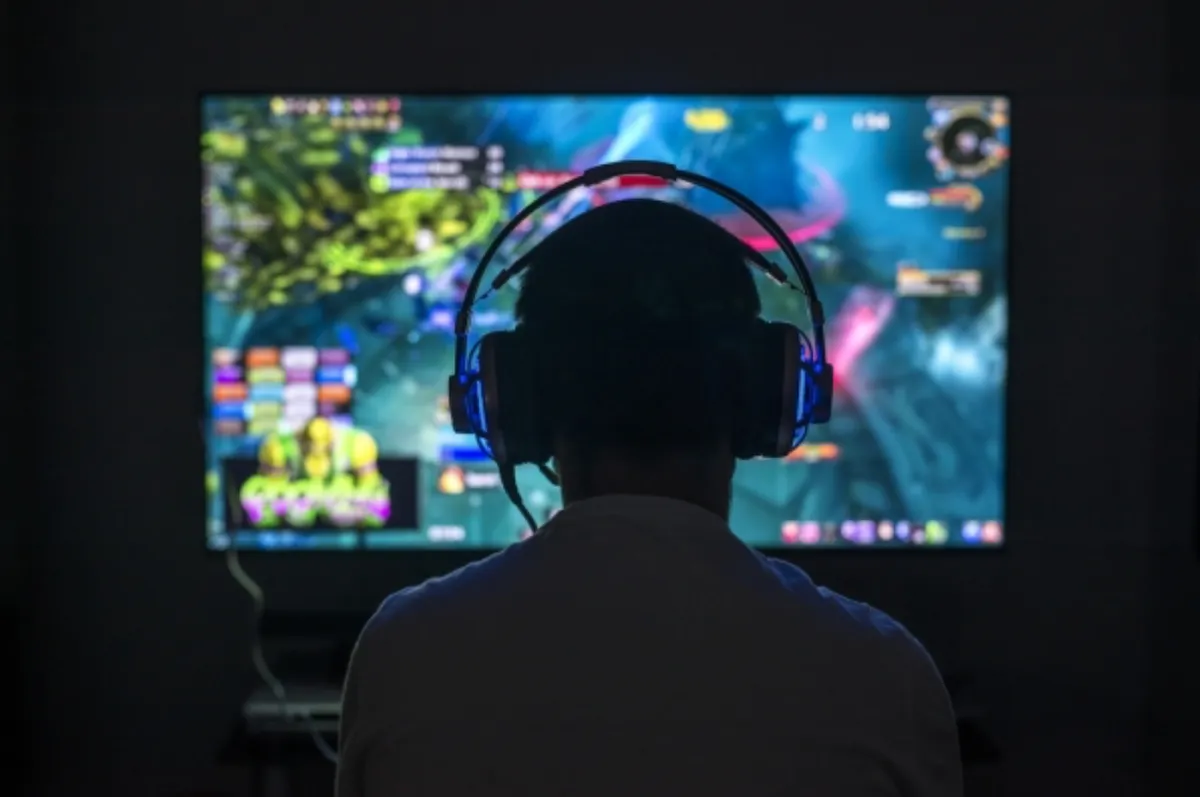| [Issue]introduces the future direction of art education that the Art Collider Lab (hereinafter referred to as AC Lab) at the Convergence Arts Center seeks to pursue through the educational programs it has planned and operated. This article is based on the contemporary discourses explored in the 2024 “Connected Week: Open Access School” lecture program, which focused on the theme of “Commons.” Through video and written records, it documents the key discussions from the sessions. Open Access School was a small-group lecture series designed to break down boundaries, bringing together students, industry professionals, and individuals from various fields to share ideas, experiences, and inspiration. Discover the discussions and insights exchanged during these sessions. |
| Session 3_ Decentralization of Artistic Activities
Why is the decentralization of artistic activities necessary, and how can it be achieved? Before addressing that, what does ‘the center’ mean in the context of ‘decentralization of artistic activities’? The common question in the third session was to reflect on decentralization through alternative activities or artistic practices that emphasize postcolonial perspectives in art-making. Through the critical postcolonial perspective within artistic practices, what we should focus on is how the current world is structured and how art seeks to reveal this structure. By addressing these questions, we can understand how art connects and intertwines with society, and, in doing so, also identify the issues that contemporary art and the art system are creating.
In this regard, the cases introduced here can be seen as efforts to create alternative centers of artistic activities through contemplation on decentralization. First, artist Tae-Yoon Choi shares the core ideas of his work while introducing various concepts and artistic methods such as postcolonialism, immateriality, and poetic calculation. Particularly, he emphasized the importance of ‘connection’ in socially engaged art. He also mentioned that the establishment of the art space <Forever Gallery> was an effort to create a space where artists and audiences could connect with each other and with different perspectives through art.
The second speaker, Professor Lucy Soutter, introduced a global photographic research project that began during the COVID-19 pandemic. She discussed the cultural and linguistic hierarchies encountered among researchers, students, and photographers from various backgrounds, as well as the issue of cultural translation as both an experience and a tool to overcome these hierarchies.
| Small but Important Connections
Tae-Yoon Choi is an artist who researches the intersections of poetry, technology, society, and human relationships, and he works between South Korea and the United States. His important methodology, ‘poetic calculation’, was chosen by the artist, who originally majored in engineering, as an artistic expression and method. By exploring how technology impacts humanity and society, the core questions he holds as an artist are connected to themes of immateriality and postcolonialism. Ultimately, this leads to his belief that art must be socially engaged because art is inherently connected to society. The work below is <American Progress>, a painting from the modern era of America.

American Progress, John Gast
The first thing that stands out is the image of a white woman, depicted as a goddess, chosen as a symbol of the United States. Upon closer inspection, the woman, reminiscent of the Statue of Liberty, is holding the power lines running through the village. Through the subjects depicted in this painting, it clearly shows how much “progress” in society has been achieved in connection with technology, or how people believed it was related to technological advancement.
Colonialism still persists in various forms in modern society. In the second lecture by Professor Lucy Soutter, colonialism is primarily explained within the binary of the First World and the Third World, while Tae-Yoon Choi raises contemporary issues like Asian colonialism. For instance, we can consider how cobalt mining in Congo, through the raw materials used in the secondary battery industry, creates an exploitative relationship between the developed countries of the Global North and the Global South. Additionally, after the raw materials are mined, processed, and used in the advanced societies of the “developed countries,” they are sent back to regions like Africa and Southeast Asia for disposal.
Tae-Yoon Choi reflects on contemporary art as a way to expose these contradictions and limitations. One of the methods he is attempting is to form regional networks or communities based on art. He explains that contemporary art challenges the very definition of what art is. By questioning and revealing the roots of the concepts formed within us, art, including contemporary art, offers a way to imagine different forms of connection and think about decentralization.
Moreover, Tae-Yoon Choi states that there is nothing for everyone, and it is impossible to be together with everyone. However, he suggests that social movements or innovations arise from small but important connections. With this mindset, he poses the question of whether we could engage in tangible artistic activities that might emerge from such connections.
| Creating Regional Networks that Deconstruct the Binary
Professor Lucy Soutter, a photographer and researcher primarily based in the UK, focused on her recent work, the ‘Global Photography Network,’ which was also published as a book. In this lecture, she discussed how to incorporate peripheral voices into international art projects and how we can question the global norms from perspectives that are not centered.
In this regard, the Global Photography Project aimed to break away from the binary structure of center versus periphery in order to capture diverse artistic and photographic practices from around the world. It sought to function as a platform that would challenge the current system, where academic and artistic discourses are predominantly Western-centric. The project was designed to collect a wider variety of works and question the existing norms. The background of this issue lies in the fact that the discipline of photography has largely developed in the UK and, more broadly, within the Western world of the Global North. In contrast, emerging photographic aesthetics in the Global South often find themselves judged against the ‘center’ – the Western standards. Therefore, the participants in this project aimed to change the landscape of photographic art by altering the binary of center and periphery through the Global Photography Network.
Professor Soutter explained that the key method to advancing such a project was to ask the question of how we can build transnational dialogues. As pointed out in her lecture, participants gathered to engage in these transnational conversations, but despite many participants coming from non-English-speaking countries, they had no choice but to communicate in English. This clearly highlights the limitations of a ‘global’ space. This issue transitions into the concept of ‘cultural translation,’ as discussed by Spivak. According to Professor Soutter, speaking a language involves more than just translating words into their corresponding counterparts in another language. Every language has its own unique system of meaning, and unless the culture that underpins that language is understood, translation cannot go beyond listing equivalent words.
Ultimately, as she questions, “How can we create a transnational conversation around contemporary photographic art?” Through such projects, we need to consider how to build regional networks and practices that can dismantle centers, rather than merely perpetuating the capitalist and Western-centric cycles of art.
Through this session, both lecturers shared their experiences of reflecting on and seeking alternatives to the issues of ‘colonialism.’ We often imagine a center and consider systems based on it as natural, but this was a moment to reflect on the role and potential of art through the perspective of decentralization.
/ written by Gian Kim (Korea National University of Arts)
